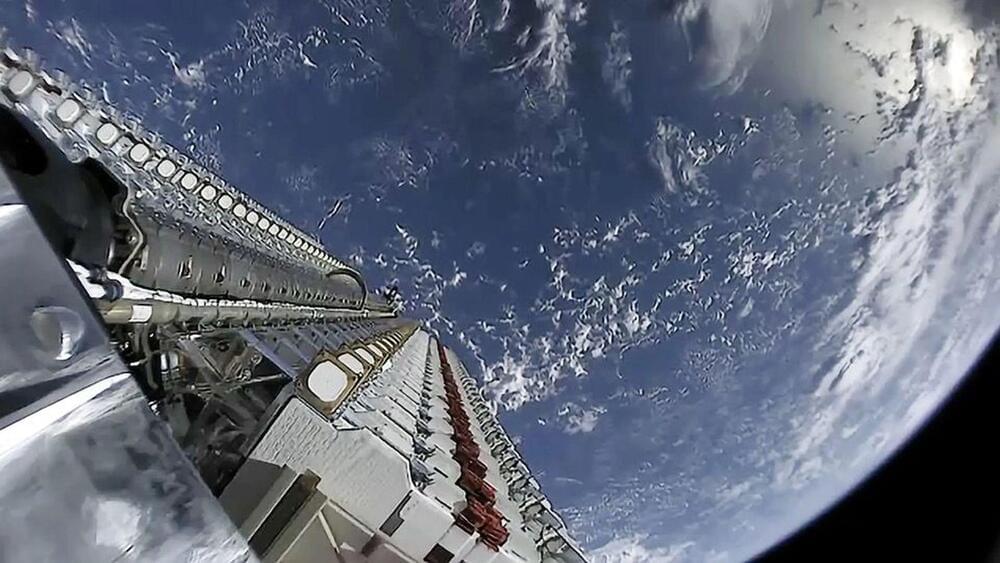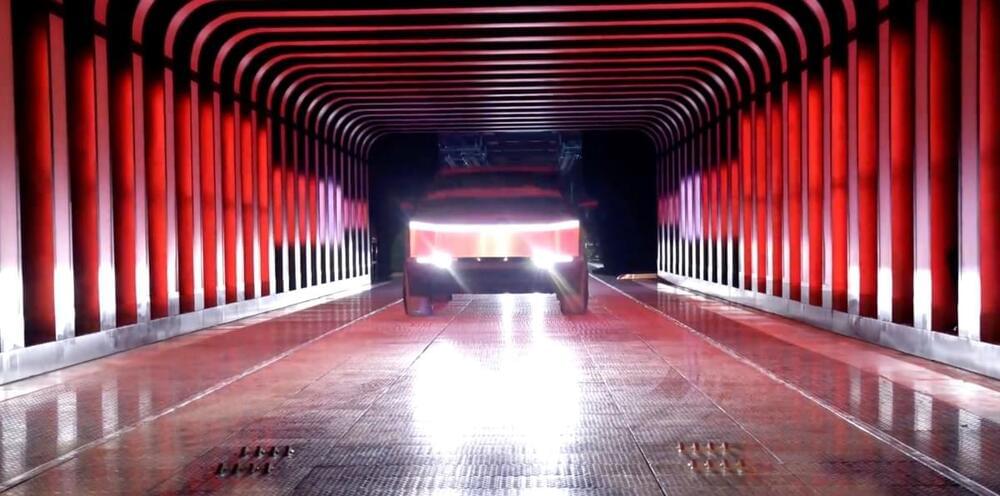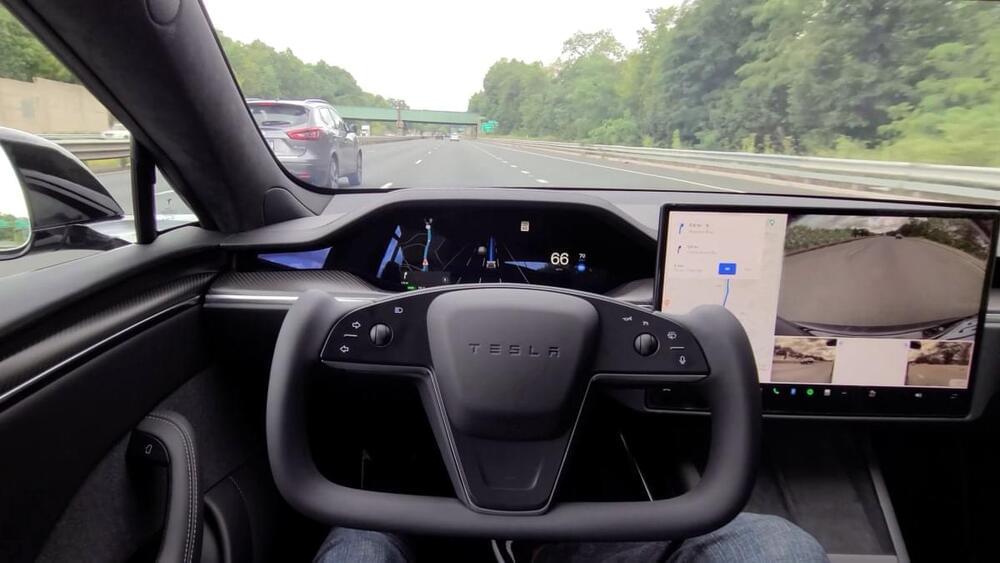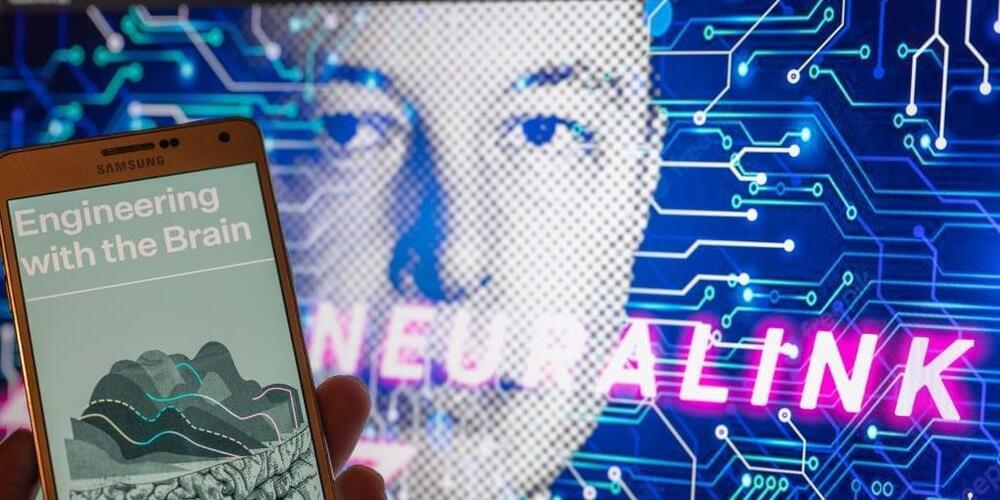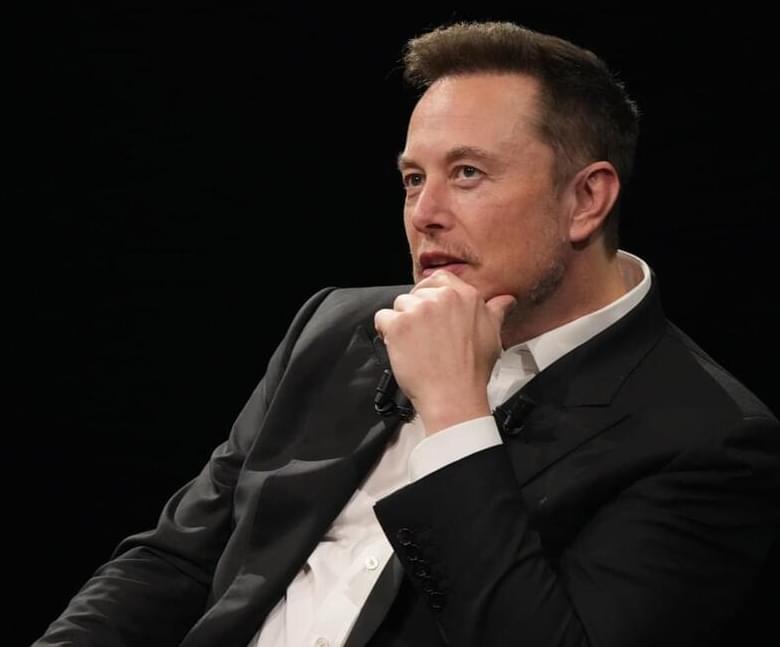Dec 1 (Reuters) — Amazon (AMZN.O) on Friday said it booked three Falcon 9 launches with Elon Musk’s SpaceX to help deploy the ecommerce giant’s Project Kuiper satellite network, tapping a rival in the satellite internet business for its multi-billion dollar launch campaign.
Amazon aims to build Kuiper as a constellation of 3,236 satellites in low Earth orbit to beam broadband internet globally and compete with SpaceX’s Starlink network, which already has some 5,000 satellites providing nearly global coverage.
Amazon, which vowed in 2019 to invest $10 billion into the project, will put an unspecified number of Kuiper satellites on three Falcon 9 rockets from SpaceX beginning in mid-2025, the company said Friday.


